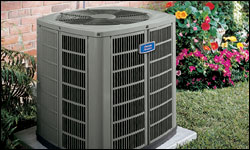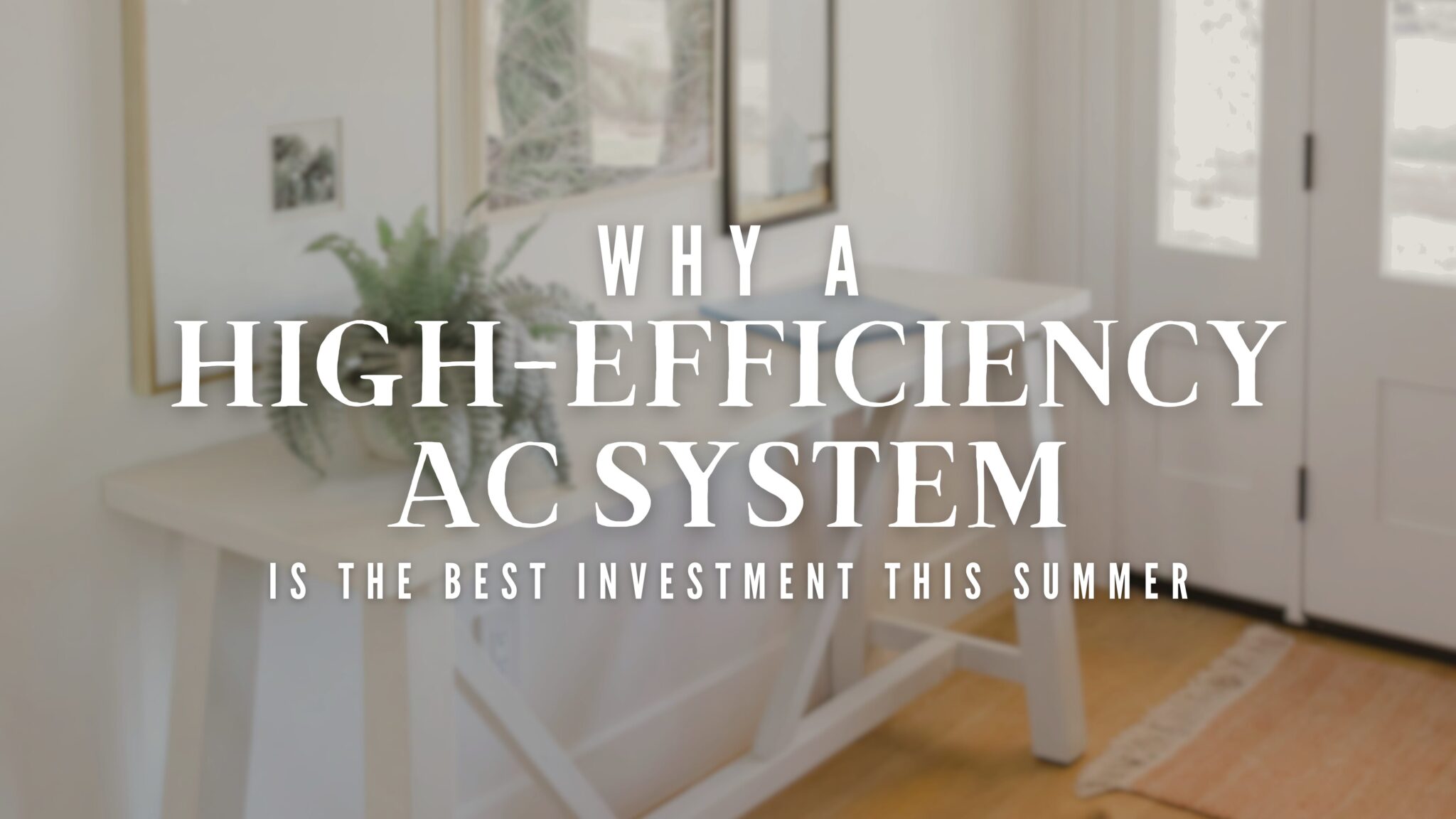 If you’ve ever had to shop for a new AC unit for your home, chances are you achieved a quick education on the type of AC unit you have, and what it was going to cost to replace your worn out unit.
If you’ve ever had to shop for a new AC unit for your home, chances are you achieved a quick education on the type of AC unit you have, and what it was going to cost to replace your worn out unit.
Maybe you haven’t had that experience, but it might serve as good information for a later time to learn exactly what type of comfort system you have, and what you might need to replace when the time comes.
What Type of System Do You Have?
There are basically two types of central air conditioning systems: a split system and a packaged system.
In a split-system central air conditioner there are two parts: an outdoor metal cabinet and an indoor cabinet. That’s why it’s called a “split” system. Outdoor cabinets contain the condenser and compressor and typically sit on a concrete slab outside your home. The indoor cabinet contains the evaporator and is usually located in the attic or a closet. The indoor cabinet also typically includes a furnace (or the inside part of a heat pump). Indoor and outdoor units are connected by a refrigerant line.
In a packaged system the evaporator, condenser, and compressor are all located in one cabinet and thus “packaged” together. This single cabinet is usually placed on a roof. Some packaged air conditioners can include electric heating coils or a natural gas furnace. That means you won’t need a separate furnace inside.
Most newer homes have split systems. Smaller homes, older homes and mobile homes might have a packaged system because they take up less room.
What are some of the pros and cons of each system?
Split System
Pros:
Greater energy efficiency possibilities – Split air conditioning systems have SEER ratings from 13 to 23.
Cons:
Labor costs – Labor costs more because you are installing a unit outside the house and also inside (usually in the attic or crawlspace, depending on the type of air handler). Also, the system can’t be charged with refrigerant until it has been set in place, which adds to the cost.
Packaged System
Pros:
Space efficiency – Unlike split-system units, the package unit has all the components in one place.
Cheaper installation – Since packaged units can come pre-charged with refrigerant, and they are only installed outside, installation is cheaper than a split unit.
Cons:
Limited energy efficiency: Packaged units typically have a SEER rating from 10 to 18.
Can your home’s split system be replaced with a packaged system or vice versa? The answer is a definite maybe. It depends on the type of home you have, the type of energy efficiency you desire, and several other factors that a trained HVAC technician can discuss with you to help you make the right choice.
If you have questions about your homes AC system or maybe if it’s time to look shop for a new system, give Bunn’s and Bennett Heating and Air Conditioning a call email us at [email protected]. We’ve been serving Huntsville and the Tennessee Valley as a licensed and insured HVAC dealer for more than 30 years.





